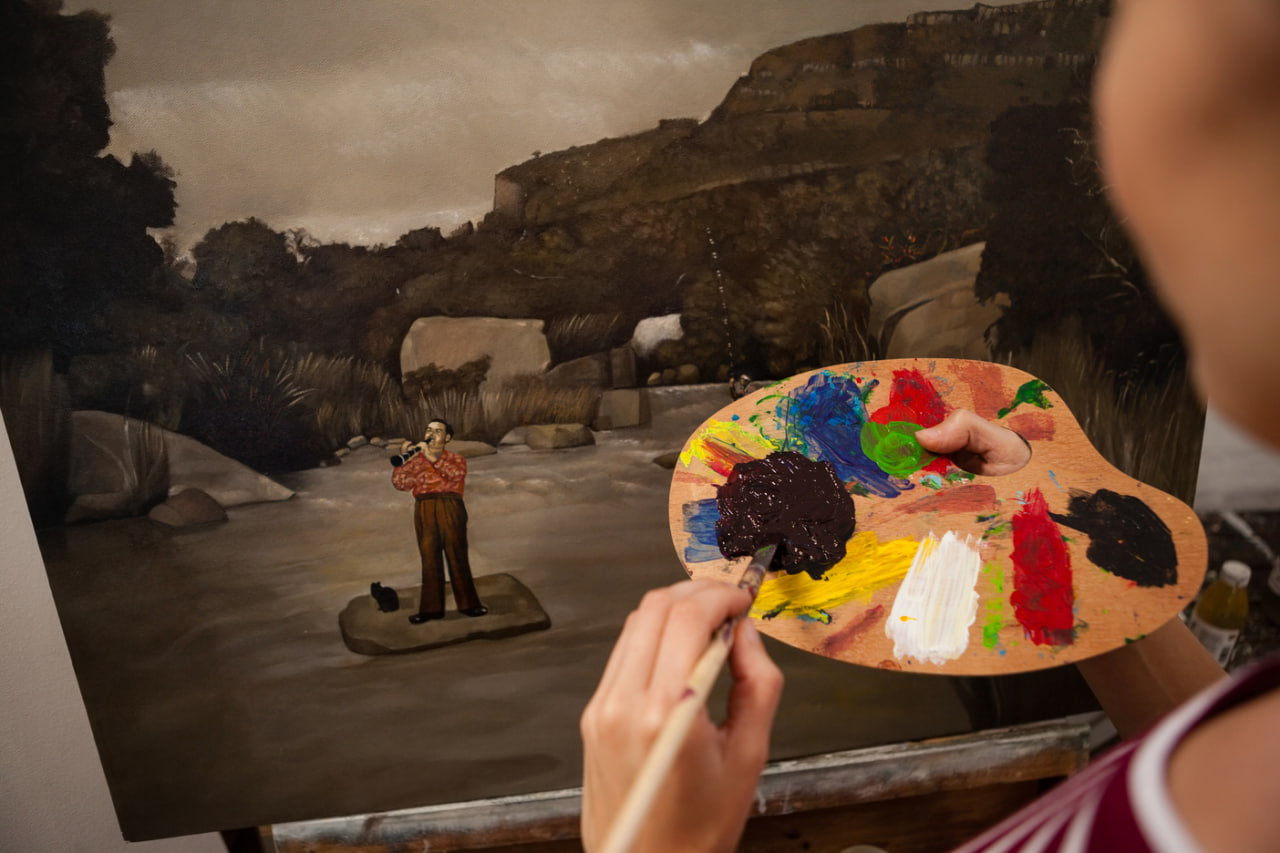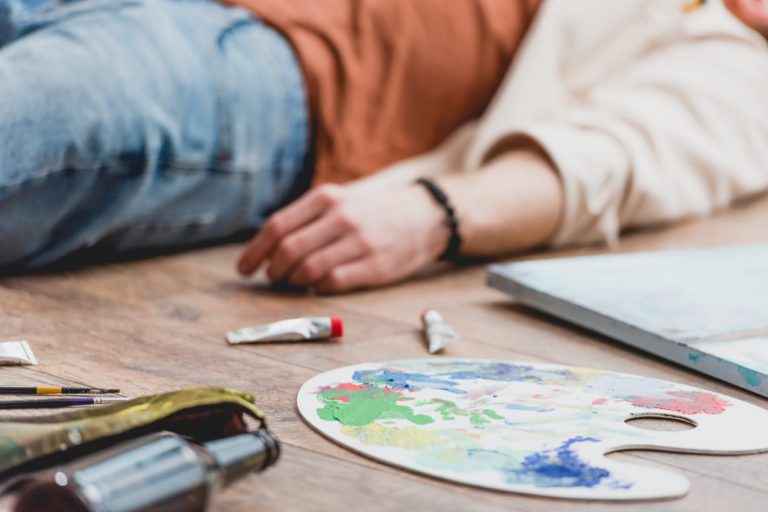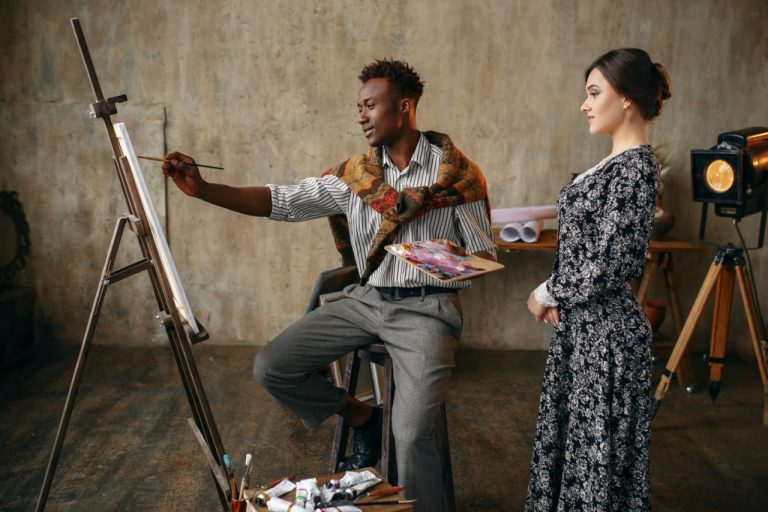Beautiful Plants For Your Interior

Composition is often considered the backbone of any successful artwork. It is the arrangement of visual elements in a way that guides the viewer’s eye, creates balance, and conveys meaning. For centuries, artists have followed established rules — from the rule of thirds to the Golden Ratio — to achieve harmony and impact. However, some of the most striking and memorable works in art history succeed because they intentionally break these rules. Understanding when and why this works can expand your creative potential.
Understanding Traditional Composition Rules
Traditional composition rules provide a framework to organize visual elements effectively. The rule of thirds, for example, divides an image into a grid, encouraging artists to place focal points at the intersections. Leading lines direct the viewer’s gaze through the artwork. Symmetry and balance create stability, while contrast can highlight specific areas.
These rules are not arbitrary. They are grounded in psychology and aesthetics, designed to make an image feel natural and pleasing to the human eye. Following them can help beginners avoid chaotic or confusing compositions, providing a strong foundation for visual storytelling.
The Power of Breaking the Rules
Breaking the rules of composition does not mean abandoning all structure. Instead, it is a conscious choice to defy expectations, creating tension, surprise, or emphasis. By intentionally disrupting balance or symmetry, artists can draw attention to specific elements or evoke strong emotional responses.
For example, placing the main subject in an unconventional part of the canvas can make it feel more dynamic and unpredictable. Using asymmetry or unusual proportions can create a sense of movement or instability, forcing the viewer to engage more actively with the artwork. Even chaotic compositions, when executed thoughtfully, can convey energy, urgency, or intensity.
Historical Examples of Rule-Breaking
Many modern and contemporary artists have thrived by bending or ignoring traditional compositional rules. Jackson Pollock’s drip paintings abandon clear focal points and symmetry, yet their energy and rhythm captivate viewers. Francis Bacon’s distorted figures and skewed perspectives create unsettling yet compelling compositions that communicate psychological depth.
In photography, artists like Henri Cartier-Bresson occasionally placed subjects off-center or cropped images unconventionally to create tension and narrative intrigue. These examples demonstrate that breaking the rules is not random; it is a deliberate strategy to enhance expression.
When Breaking the Rules Works Best
Breaking composition rules is most effective when the artist has a strong understanding of those rules. Knowing the rules allows you to bend or ignore them intentionally rather than accidentally. Experimentation is key — try asymmetry, unusual angles, or overlapping elements to see how they affect the viewer’s experience.
It also works best when it serves a purpose. Whether emphasizing emotion, creating surprise, or reinforcing a theme, each compositional choice should communicate something meaningful. Rule-breaking is not an excuse for careless design; it is a tool for artistic expression.
Practical Tips for Creative Rule-Breaking
- Start with a strong foundation — Learn traditional rules first.
- Identify your goal — Decide why you want to break a rule in this piece.
- Experiment mindfully — Adjust placement, scale, or perspective intentionally.
- Evaluate the effect — Consider how the change alters the viewer’s perception.
- Balance chaos with clarity — Even in unconventional compositions, some structure helps guide the eye.



